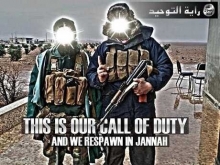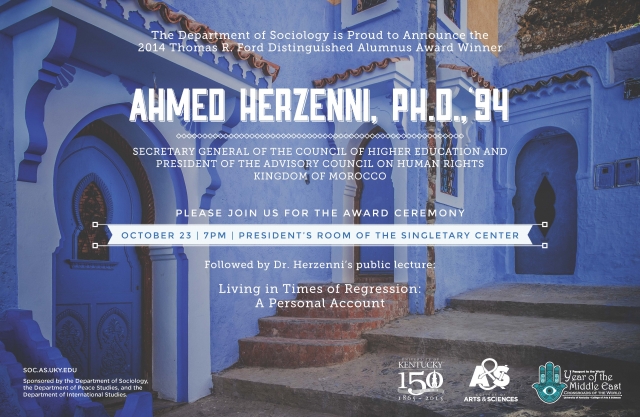Religion, Identity and Competing Visions of Islam in Post-Soviet Central Asia
For several decades, studying Islam in Central Asia meant beginning with questions, analytical categories, and conceptual frameworks rooted in Soviet and Russian studies; this approach, combined with a lack of basic understanding of the historical experience of Central Asian Muslims prior to the Soviet era, led to host of misconceptions surrounding the character of Muslim religious life in the Soviet era, the impact of Soviet policies and realities, and trends in the renegotiation of religious identities in the post-Soviet age. Recent years have brought, in some circles, growing awareness of the need for approaches drawn from Islamic studies and from a historically-grounded understanding of the history of Muslim religiosity in Central Asia. This lecture will discuss some of the misconceptions rooted in the ‘Sovietological’ approach to Islam in the region, and the lessons to be drawn from viewing the region through the lens of Islamic studies, with a particular focus on the ways in which religiosity was manifested in Soviet times, and on the ways in which religiosity shaped or interacted with notions of ‘national’ identity.


